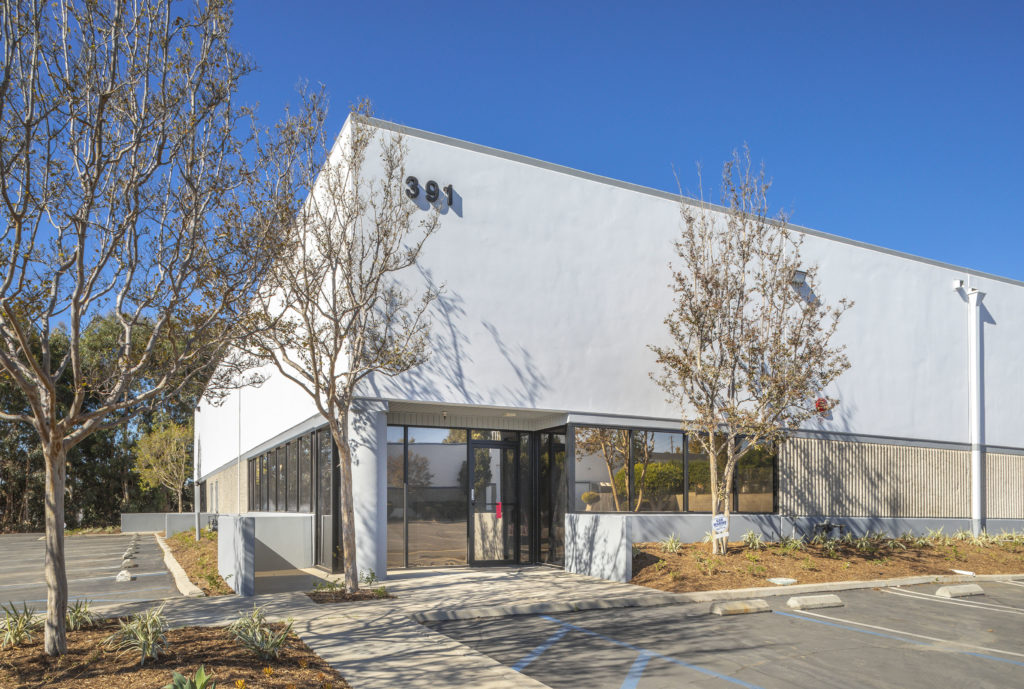We have been quite vocal of late regarding our concern over the likelihood of a significant correction in Southern California industrial property values.
And, we remain perplexed as to why the rapid rise in mortgage interest rates over the past year and a half has yet to send pricing down in earnest. Logic and history still lead us to believe a correction is in the offing, but so far all we have to measure is a slowdown in market demand that is matched by an ongoing lack of supply. That has the market in a sort of stasis that is, apparently, insulating it from correction. Yet, we remain convinced that things will get worse before they get better, but no one out there really knows for sure.
So, why has the market held up despite the obvious headwinds it faces? Could it be that things are not as dire as they seem and our economy still has enough gas in the tank to keep us going up the hill we’re on? Have we just been looking too hard for bad news to see the good news that is still in circulation? With that possibility in mind, we decided to don our optimist’s hat to help us look at our market as a glass half full rather than one that’s about to hit the kitchen floor. Here’s what we came up with:

The recession most were predicting never showed up. In fact, US economic growth accelerated to 4.9% in Q3 and the unemployment rate is hovering at just 3.8%, lower than the rate the Fed calls full employment. There are 1.5 jobs out there for every one person looking for work. Wage growth is still strong, which increases spending power for the bulk of consumers. Job growth is still strong and new claims for unemployment benefits are running at a trickle. Inflation, while still above the Fed’s preferred target, has softened substantially from the highest levels we’ve seen in decades.
From an industrial real estate perspective, vacancy is still at historic lows in all major Southern California markets, leasing activity, though subdued from 2022’s peak, is still strong enough to absorb every square foot that comes onto the market. And while sales prices have stopped moving up, they have not declined in any significant way. Any realistic seller will still see his property trade quickly at a premium despite mortgage rates that have risen into the mid-7% range.

Other than in the Inland Empire, construction of new inventory is all but gone, easing the upward pressure on vacancy that would otherwise accompany the recent fall in active sale and lease requirements. Then add the fact that thousands of investors and owner users are sitting pretty with fixed rate loans with rates ranging from 2% to 3.5%. They are in good position to sit tight and ride out any storm that moves through the area. Even with a huge correction in property values, most of them will still maintain substantial equity in their properties. And, anyone who really needs to sell now can do so and still walk away with a pile of cash no matter how highly leveraged they are because pricing has leveled out near last year’s peak. Put another way, there is very little in the way of distressed industrial assets.
So, is the market just taking a break as it adjusts to the new reality of higher mortgage rates and moderate inflation before taking off on another bull run? Is the economy just going through a natural process of shedding the excess caused by a decade and a half of zero interest rate policy? Are weaker players just being forced out in favor of more well-capitalized competitors who can adjust to the new normal? Good questions that the answers thereto might be yes. If that is the case, then our recent slowdown in industrial market activity could be short-lived, and so long as we don’t experience an economic ‘black swan’ event in the near term, a case could be made for a return to healthy and sustainable market conditions sans the pain of a deep correction. Only time will tell.

If you have a long term hold strategy for your investment property and you have solid long-term financing locked in or you own for cash, staying with your program may be a good play. Likewise, if you are an owner-user with a low-rate mortgage whose building fits the current and projected needs of your business, staying the course is a viable strategy. If you don’t fall into either of those categories, you are at risk, and we say that with our optimist hat still on.
As always, we will keep our head on a swivel, our hearing aids on full blast and our track shoes laced up tight. But, we can’t promise to keep the optimist’s hat on. Experience tells us otherwise.


Leave a Reply
You must be logged in to post a comment.